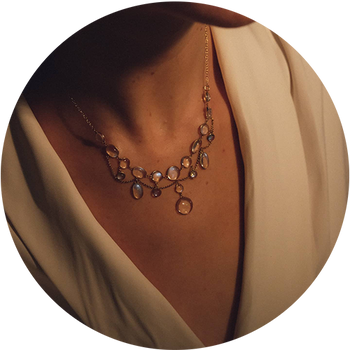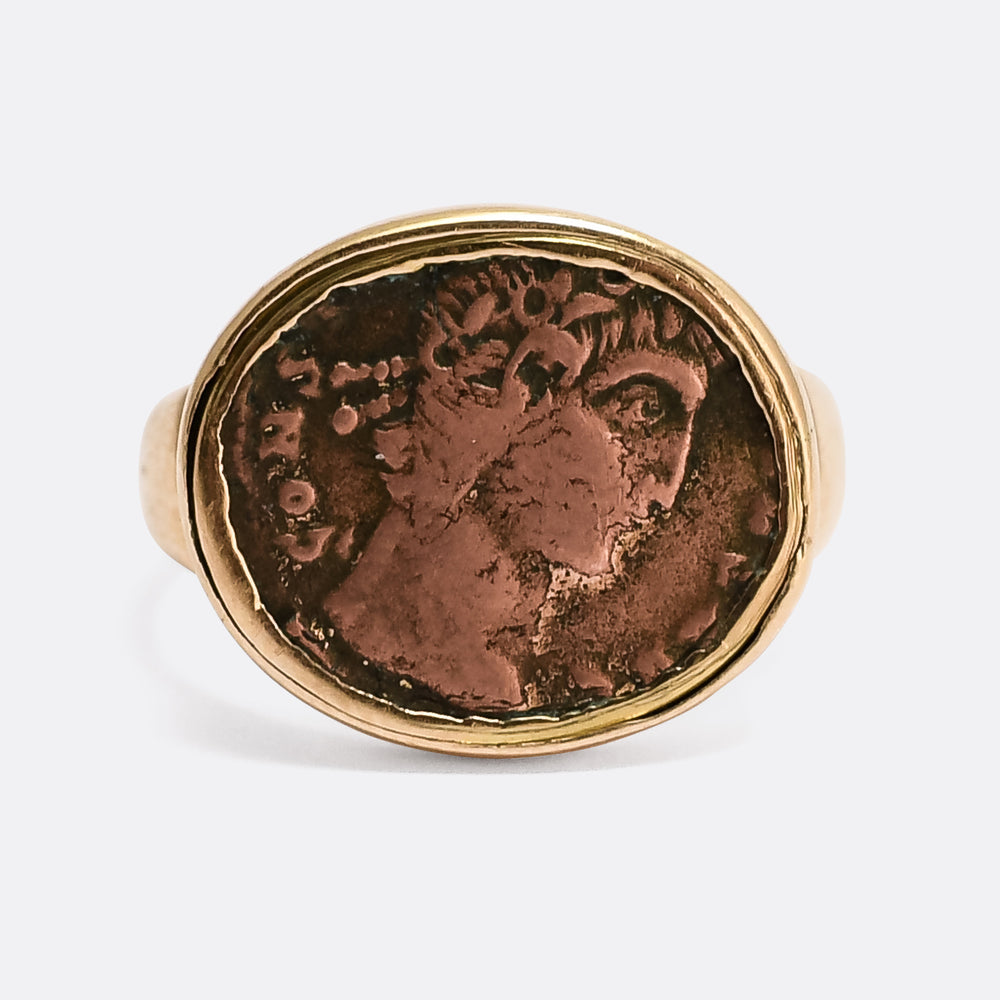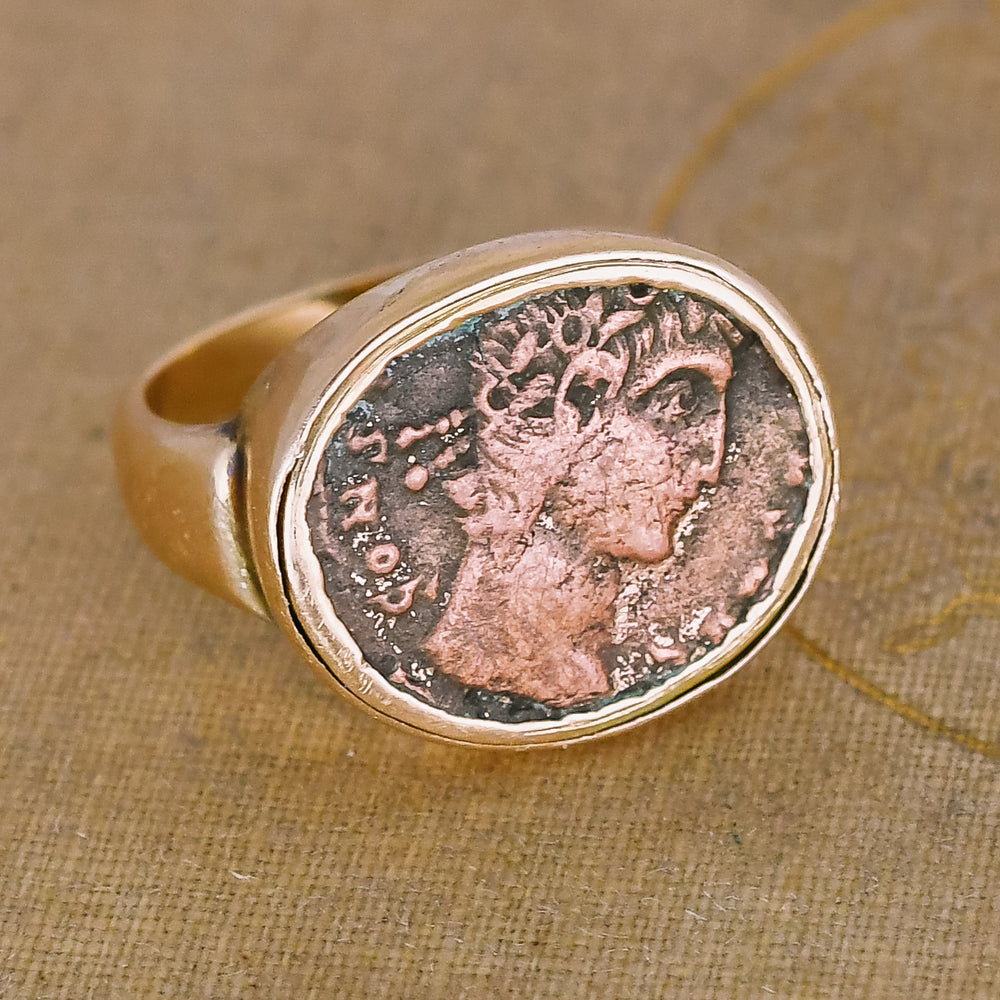Georgian "Constantine The Great" Roman Coin Ring
Georgian "Constantine The Great" Roman Coin Ring
$6,000.00
Description
DATE: Georgian, c.1800
An exceptional Georgian signet ring set with a 4th century Roman coin. The coin is a bronze follis (AE4) and was minted for Constantine The Great, circa AD 320. It's set into an elegantly proportioned 18k gold ring mount that dates from the very early 19th Century.
Constantine I (The Great) was the first emperor to convert to Christianity, and was largely responsible for Rome's transition from paganism to Christianity during the 4th Century. He set up the Edict of Milan (313), which declared tolerance for Christianity in the Roman empire, and the First Council of Nicea in 325, as well as ordering the construction of the Church of the Holy Sepulchre in Jerusalem on what was thought to be the site of Jesus's tomb.
He was born in Dacia Mediterranea (modern day Serbia), the son of Flavius Constantius one of the four emperors of the short-lived, but quite successful, Tetrarchy (that's a whole other story, but it's a good one). After his father's death in 306, Constantine was declared emperor by has father's army in Eboracum (York), before going on to win the ensuing civil wars against emperors Maxentius and Licinius to become sole ruler of the Roman Empire by 324. As emperor, Constantine enacted a series of administrative, financial, social and military reforms that succeeded in strengthening the empire in the wake of the Crisis of the 3rd Century, and even reclaimed much of the land abandoned by his predecessors during the Crisis.
His conversion to Christianity allegedly stemmed from a vision Constantine experienced the evening before the Battle of Milvian Bridge on 28th October 312. As Constantine's army prepared to fight that of Maxentius on the banks of the Tiber, Constantine looked up at the sun and saw a cross of light above it along with the words "Ἐν Τούτῳ Νίκα", or "through this sign, you shall conquer". He was, at first, unsure of the meaning of these words, however that night had a dream in which he was visited by Christ who explained he should use that sign against his enemies to evoke the protection of God. Some sources go on to suggest he had is soldiers paint the Chi Ro (first two letters of Christ's name in Greek) onto their shields before the battle. In any event, Constantine's army prevailed and Maxentius drowned in the Tiber during the battle, before being decapitated and paraded through the streets of Rome.
MEASUREMENTS
Head: 17.3 x 15.0mm
Width of band: 2.5mm
WEIGHT
5.6g
MARKS
No marks present, tests as 18k gold
CONDITION
Very good, some general wear commensurate with age. Gold has developed a fine antique patina. The coin displays a reasonable amount of wear































































Follow Us
Dealing Podcast blog instagram TikTok facebook